Do you like animals? We do! That’s why we’re always happy to see creative models that make the lives of our pets happier. Of course, the use of 3D printing doesn’t have to stop in your living rooms, there are many models available to help our woodland friends too. It’s great to see that there are many makers around the world, who realize this and are creating designs to help other creatures, simply take a look at the Pets category at PrusaPrinters.org where you can find plenty of examples. However, before you start printing or even modeling, it’s good to stop for a second and think about the safety and functionality of the model. Let’s check out a couple of really nice and useful designs; we’ll also tell you how to make them not just good-looking, but also functional and safe!
Materials and Hygiene
Our pets (and outdoor animals) are generally less picky than us when it comes to hygiene, therefore it must be you, who is responsible. You should carefully consider what you provide them with to keep them safe, we’ve already gone through the basics in our Food-safe 3d prints article. Generally speaking, untreated 3D-printed objects have small gaps between the layers, where bacteria can accumulate. A bad-smelling food bowl from these microorganisms may not be a big deal but in the worse case, your pet may become sick.
You also, don’t expose animals to toxic materials (like those containing styrene), so ABS and ASA are out, use PLA, PETG, or other food-safe materials instead. This is even more important for rodents and other animals who wouldn’t hesitate to turn your print into a snack.
Try to avoid models that contain complex shapes, your print should be easily washable and must not present a choking hazard or any other danger to the intended user. It’s also a good idea to print the models with 100% infill or fill the inside with epoxy resin. This is especially important for various food or drinking bowls e.g. water could leak into the model through gaps, where it could stay for prolonged periods of time, causing a bad odor and other unwanted effects.
PrusaPrinters Model Selection
We took some time to create a collection of several models that we find interesting and useful: hamster and (captive) birdhouses, various food dispensers, poop bag boxes etc. Take a look at the collection, there are some great models to print and perhaps even to draw some inspiration from for your own designs.
Rules for Printing for Outdoor Animals
Now that we covered the basics of choosing the right materials and print settings, we can proceed further. Our pets will show gratitude for the vast variety of things we make for them (well, except for cats…), even if we make some mistakes during the process of making them.
Many outdoor species may appreciate your effort too, however, you need to think twice about how to produce the 3D print and where to place it. Unlike our pets, wild animals fight for their life every day, and mistakes, both theirs and ours may cost them their lives. Usually, it’s recommended to use materials that are known to animals, such as wood, or materials that are weather-resistant and damage resistant. Don’t worry though, you can still print a vast variety of things, you just need to do it correctly.
It is essential to study all of the required parameters and recommendations prior to printing for wild animals. These animals might often have very specific requirements. Below we present a few examples of 3D printing for wildlife but you may want to contact a professional for other projects to ensure you won’t do anything wrong.
Birdhouses
Let’s start with a popular design: birdhouses. They help to protect nature, look good and bring the beautiful sound of singing birds to your garden. PrusaPrinters offers numerous designs, although we want to share a word of warning: while many of them look really nice, their functionality is severely lacking, even to the point when they are actually dangerous for the animals!
The most common problem of 3D printed birdhouses is the absence of a service opening (a removable roof, for example) and an entrance that leaves something to be desired (see this really nice, yet a little lacking birdhouse, for example). Every birdhouse needs cleaning from time to time (once per season), and this might be problematic when you don’t have good access to it. Bird entrances have various shapes and sizes for different species. Before you start creating your project, don’t forget to study local ornithological society recommendations (NWF for the USA, for example) and adjust the design accordingly for the species that are found in your area.
We prepared 4 designs of the most common (and easy to print) birdhouses used in middle Europe. Instructions for printing, placement, and information about nesting species are in the print description of each of the four models. Please, don’t forget to read carefully all the instructions to make sure you don’t cause any difficulties or even harm to the birds who may occupy them. To put it bluntly: birdhouses should be a safe home for younglings, not a death trap!
Houses for Bats
While less popular than birdhouses, yet equally beneficial and interesting, are bat-houses. Bats provide important ecosystem services such as pollination, seed dispersal, and insect control. Some bat species prefer making roosts in buildings, for example behind window shutters, in attics, etc. Many new buildings don’t include such crevasses and don’t provide suitable habitat for bats. In some cases these missing architectural features can be replaced with bat-houses, with a little bit of luck some species will find a new home inside, for example, pipistrelles. These bats will consume insects around the roost, providing you with a useful service and serve as a great example of education and nature protection.
If you are interested in giving a bat house a try, we also prepared a model for you to use and attach it either onto the exterior of a building, on a tree, or a high pole. Make sure you that you follow several important rules when placing a bat house, if you don’t, you risk a severe endangerment or even death of protected species! Please read the recommendations written in the model description and local expert instructions like Merlin Tuttle’s bat conservation, Bat conservation international, NASBR, etc.
A short reminder: bats are a little bit less clean neighbors than birds – if they find your house attractive and they decide to stay, you’ll likely find their feces under the bat-house. On a bright side, the so-called bat guano is one of the best fertilizers you can find.
Bird (and Other Animal) Feeders
Once again we remind you that you should follow professional instructions when feeding wild animals. Always use clean and healthy food and top off your feeders regularly. Improper timing and food choice can cause a lot of harm! Clean feeders regularly, keep the food dry and feed the birds only when needed (October – March in Central Europe). Don’t forget to place the feeder away from predators: 1.5m above terrain and 2m away from obstacles should work fine.
General rules for making bird feeders are slightly more benevolent than those for birdhouses. Their size and shape can vary a lot however, there are two main attributes to care about: food should remain dry and the feeder must be out of predator’s reach. It’s good to produce feeders with a roof and an attachment for a string or pole.
We like these two designs available at PrusaPrinters: the first is built around a Prusament spool, the second is made with a plastic bottle. You might see a certain disadvantage in the first model, the food storage capacity is quite low (and there are tiny holes in the roof), while the second model omits any kind of roof completely so the food won’t stay dry during a rainy season. For both of these designs, we’ve come up with upgraded parts (the first feeder, the second feeder) to improve their functionality.
Of course, feeders aren’t necessarily made solely for birds. You can find lots of various models for other animals, like this simple bee feeder, for example.
Insect Hotels
Insect hotels have lately become a popular garden accessory, the explanation is simple: they’re fun looking, interesting, and useful. Insect hotels are usually made with natural resources, so you will always have to use those (at least partially). To attract insects, you have to provide them with dry wood, reeds, cones, etc. however, you can still use your 3D printer to make a good-looking and original outside cover. This way, you can create cool things that will support local biodiversity, serve as an educative and fun element, plus they will make your garden even nicer! Try to print this cool design from a Prusament spool, for example.
Other Prints for Animals and Nature Protection
We hope that this small showcase was a good demonstration of how 3D prints can be useful not only for us but for our pets and wild neighbors as well (this live trap, maybe useful if those neighbors might be unwanted guests). Please, keep in mind that to make a functional and safe product, simply hitting the “Start printing” button may not be enough, there are some things you need to know, as we have explained in this article. We’re saying this also because there are many other projects at PrusaPrinters.org, that can benefit from adhering to the aforementioned set of guidelines and it’s good to keep an eye out for them. Of course, many models are useful mainly for special cases (by professionals): just look at our recent Prusa Stories, 3d printed turtle shells, eggs etc., but you can still do a lot at home. So go ahead and make something useful and amazing for the animals around you! Happy printing!






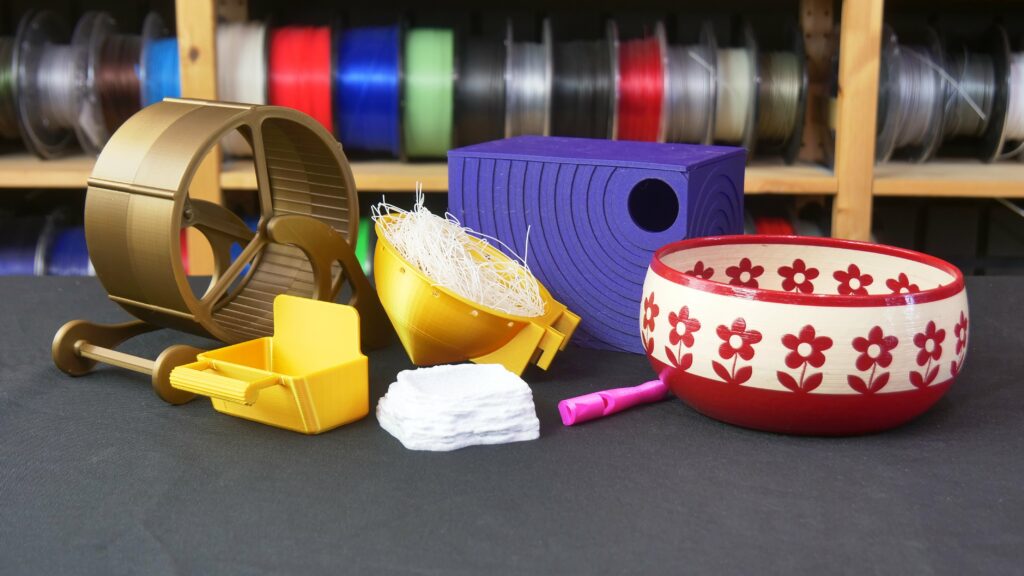
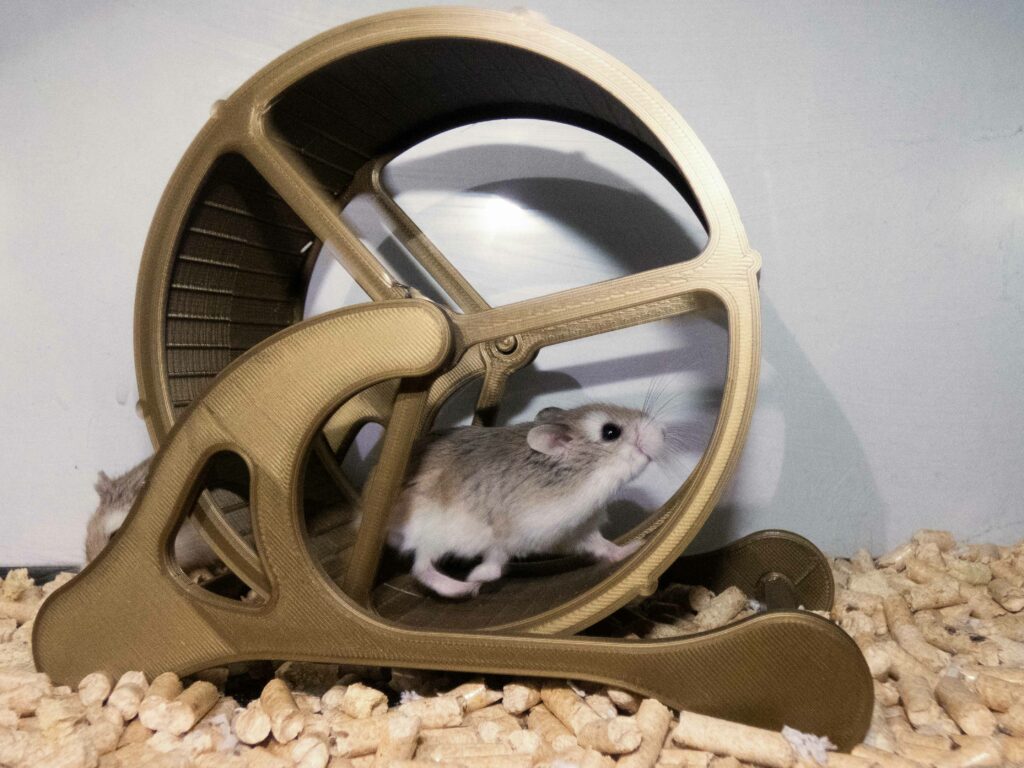
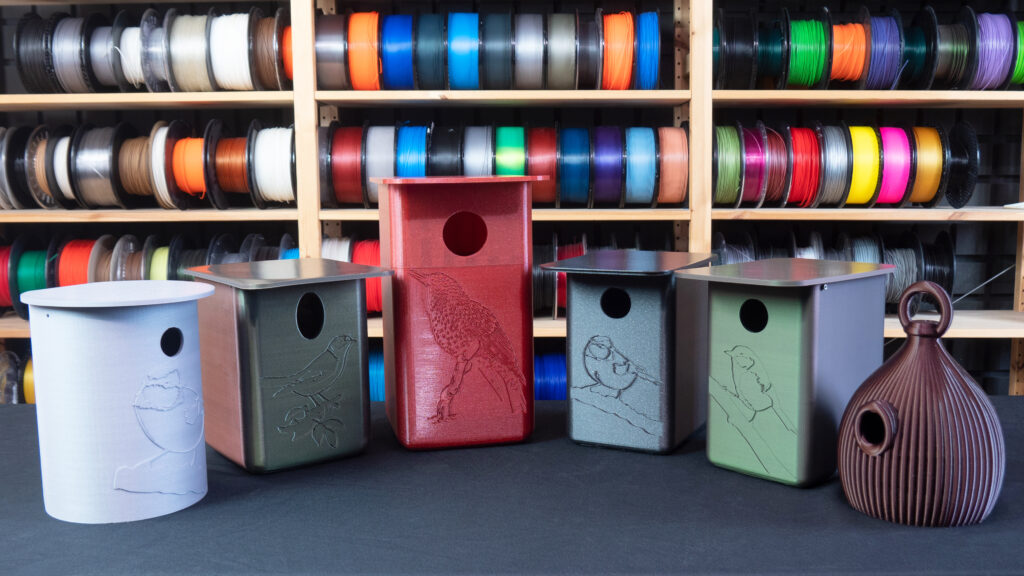
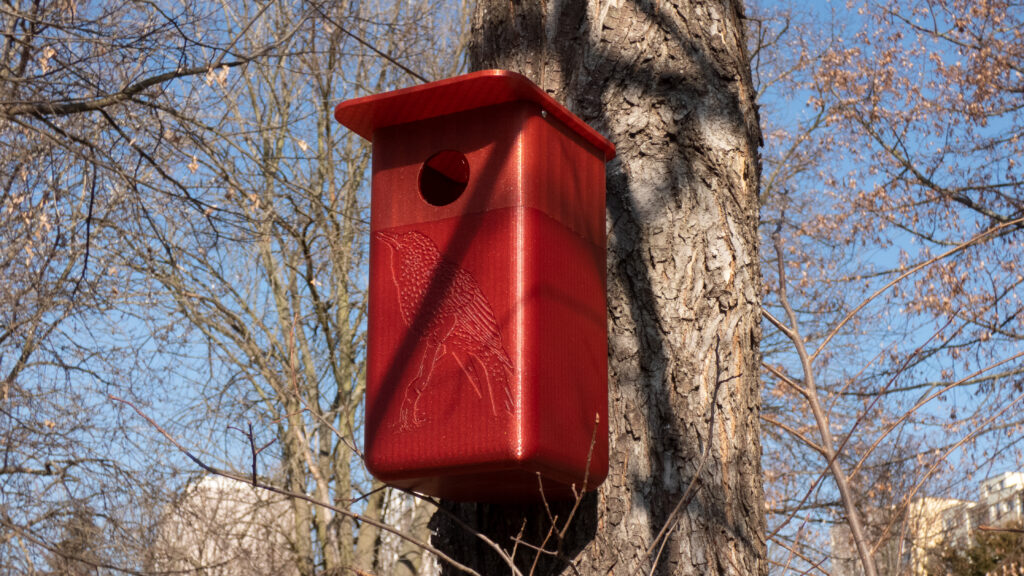
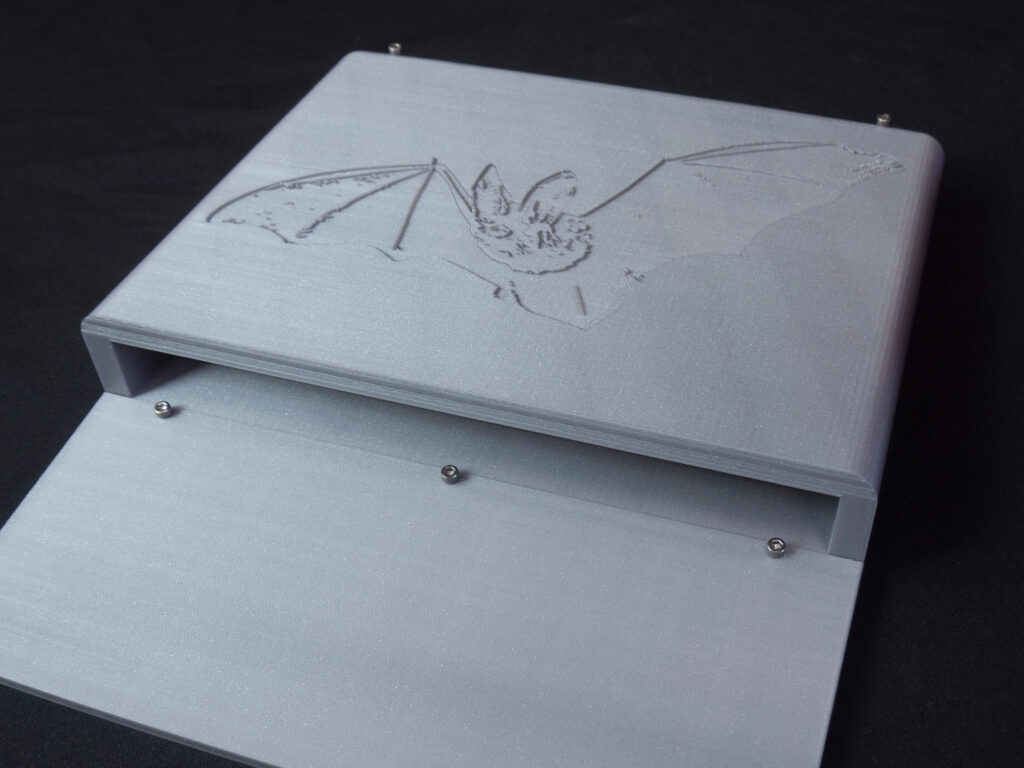
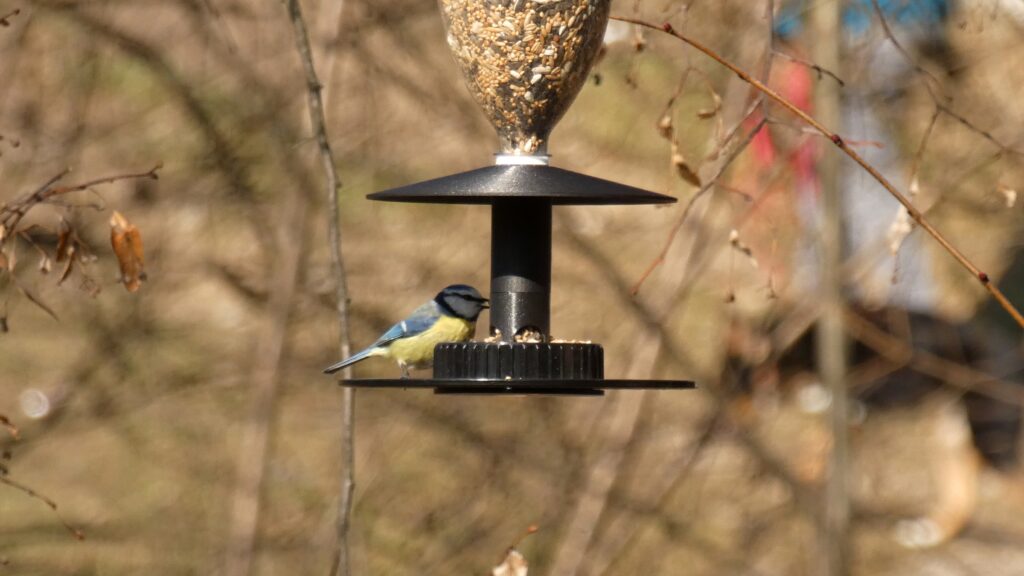
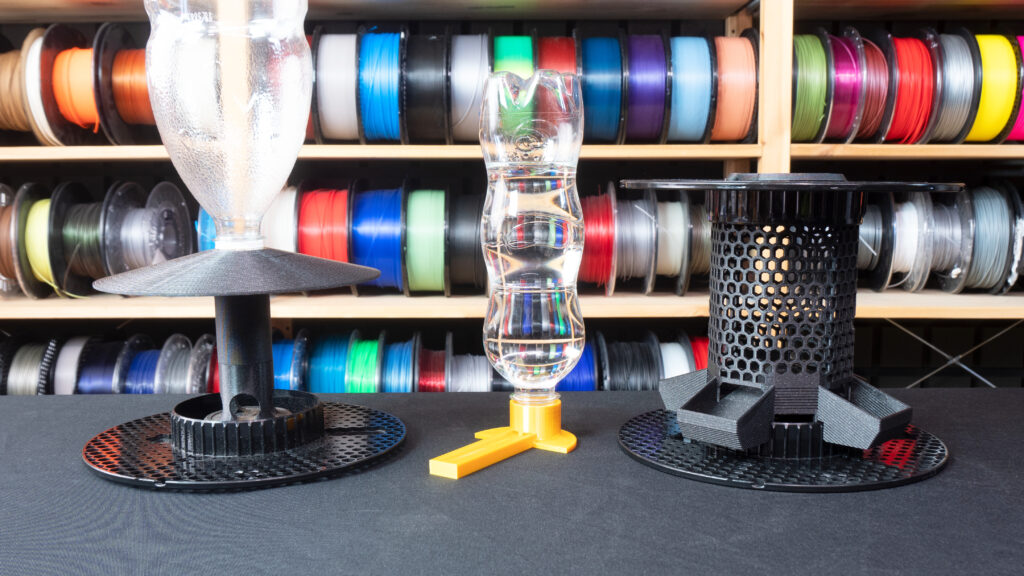
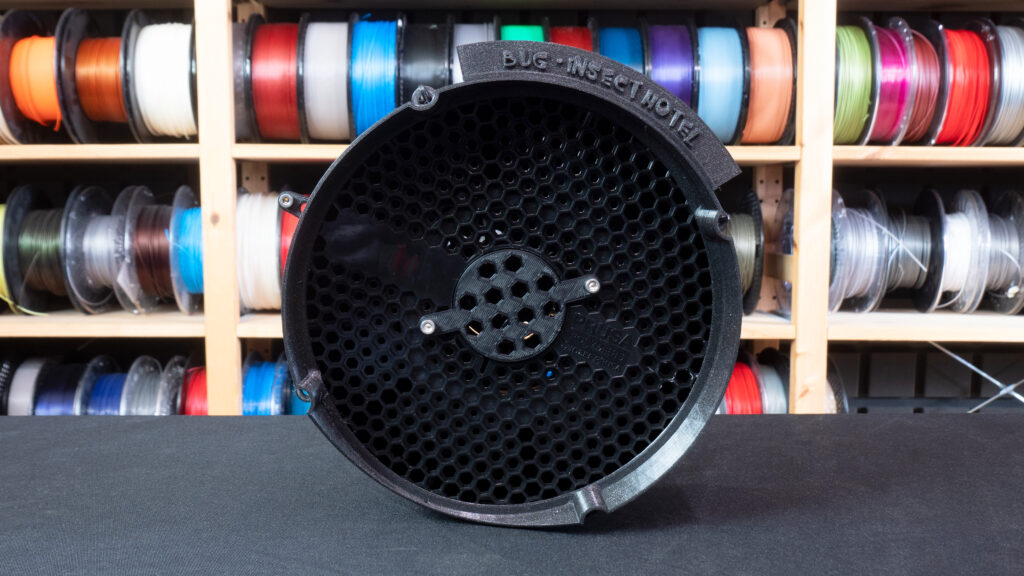
The squirrels in my yard would totally LOVE these bird feeders and make sure not one morsel of seeds would be left behind for the actual birds…
Then you should use your 3D printer to create a hardcore maze full of traps for ninja squirrels. 🙂 Only the best can reach the feeder.
I guess that every single squirrel would be able to solve such a maze after a short amount of time. Probably even “phat” squirrels or pregnant ones. 😉
I’m not so convinced. There is definetely a boundary where some of the squirrels might get through and some of them simply wouldn’t make it. But it would surely require a lot of testing and pushing the boundary. 🙂
Is it possible to get the STL files? My printer does the print in the front left corner 🙂